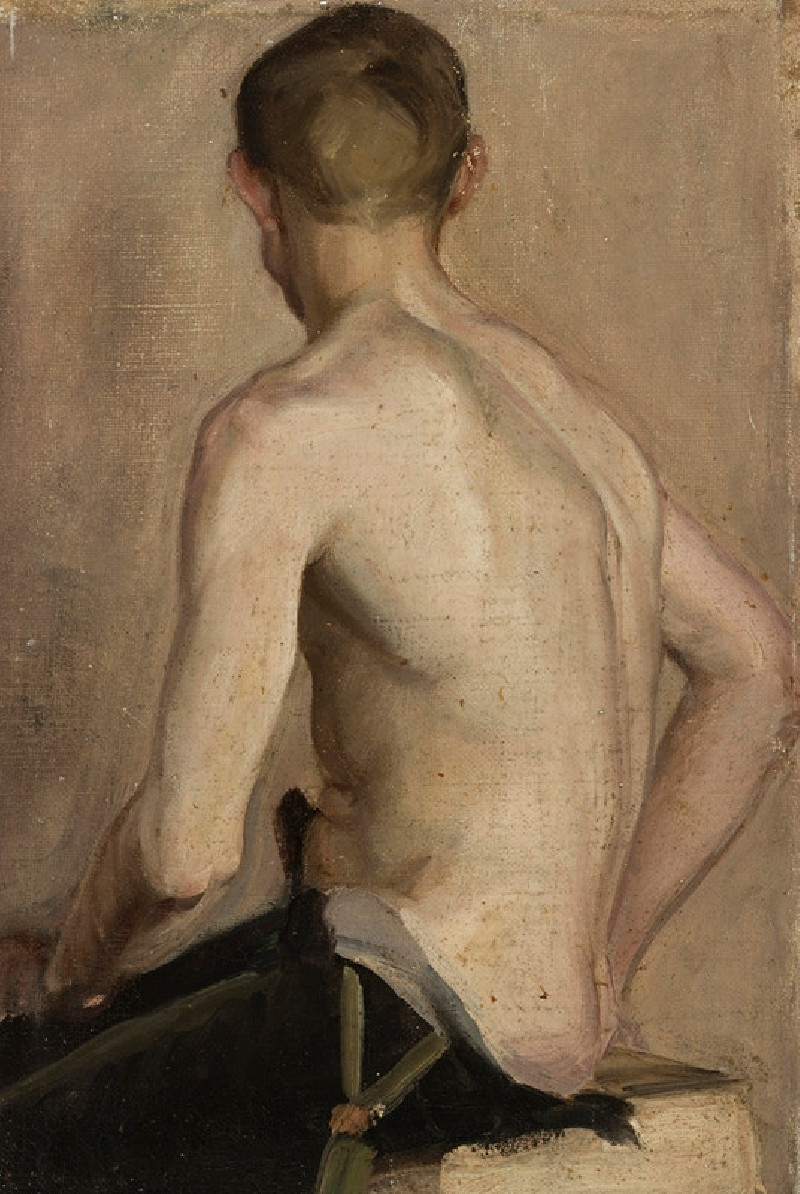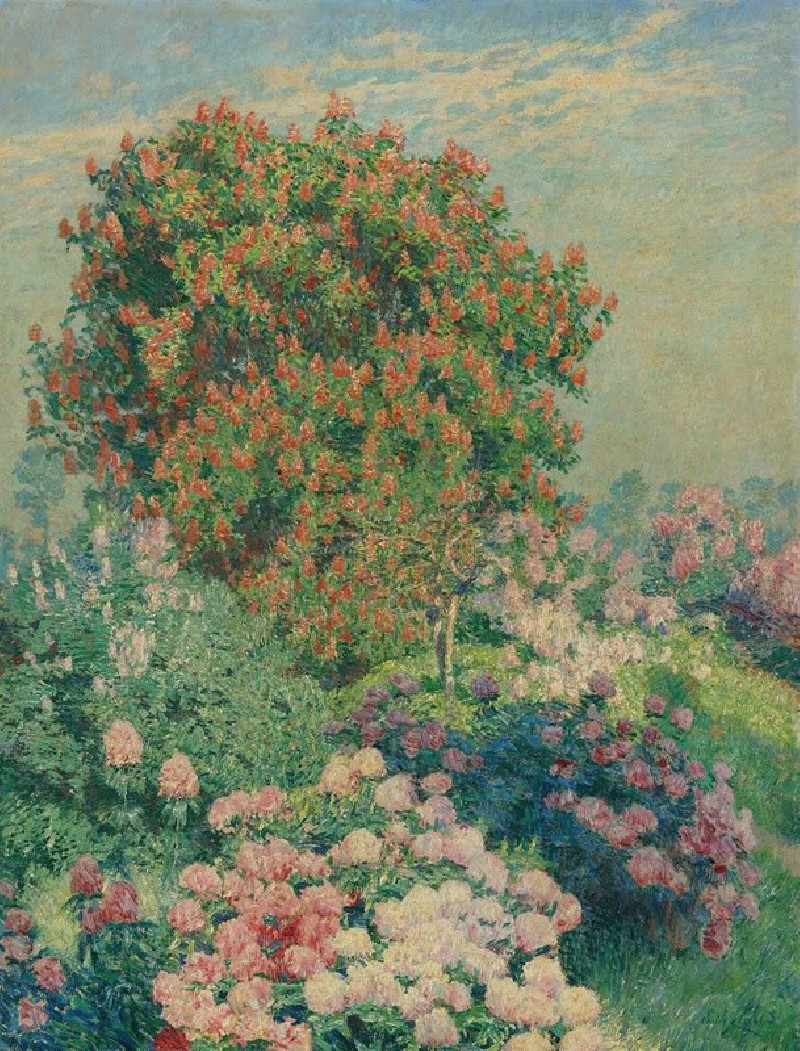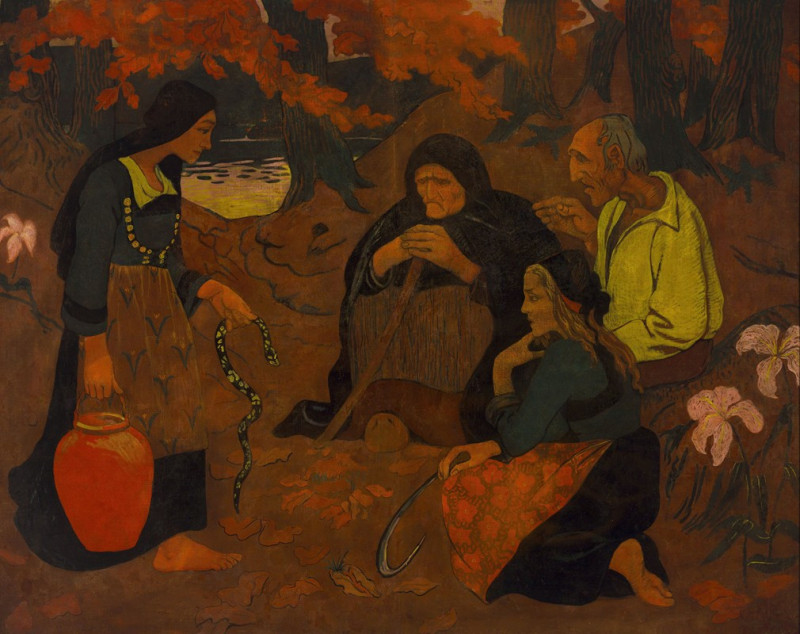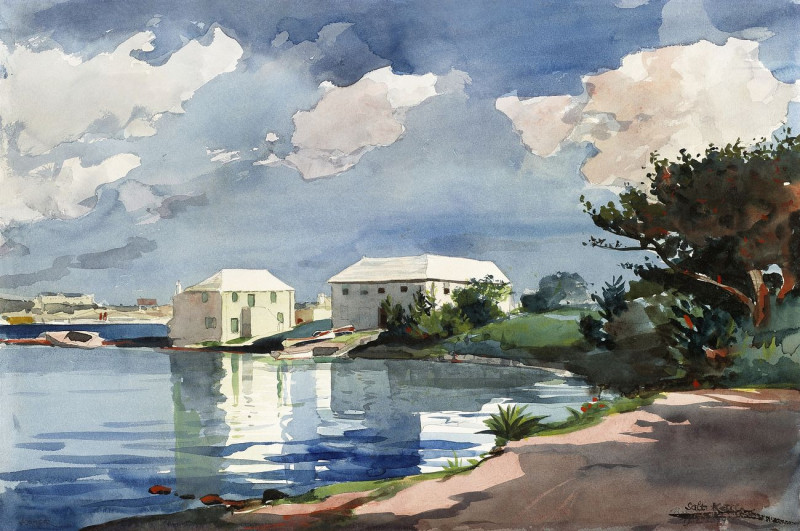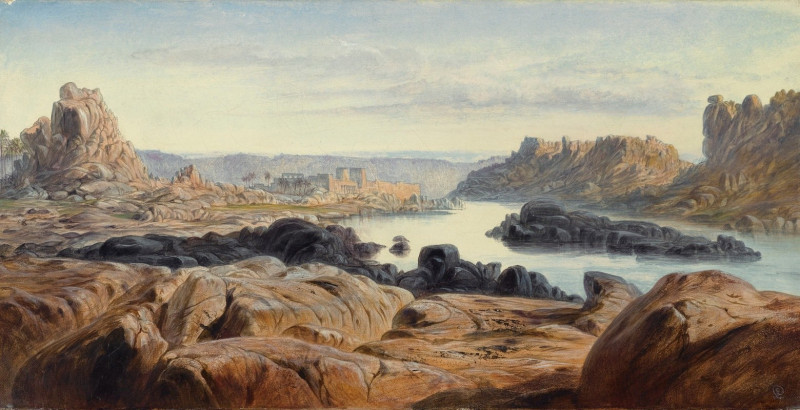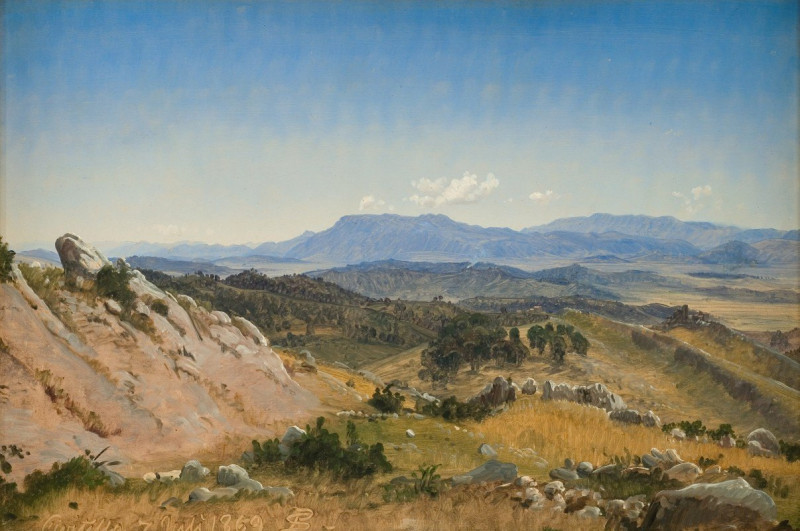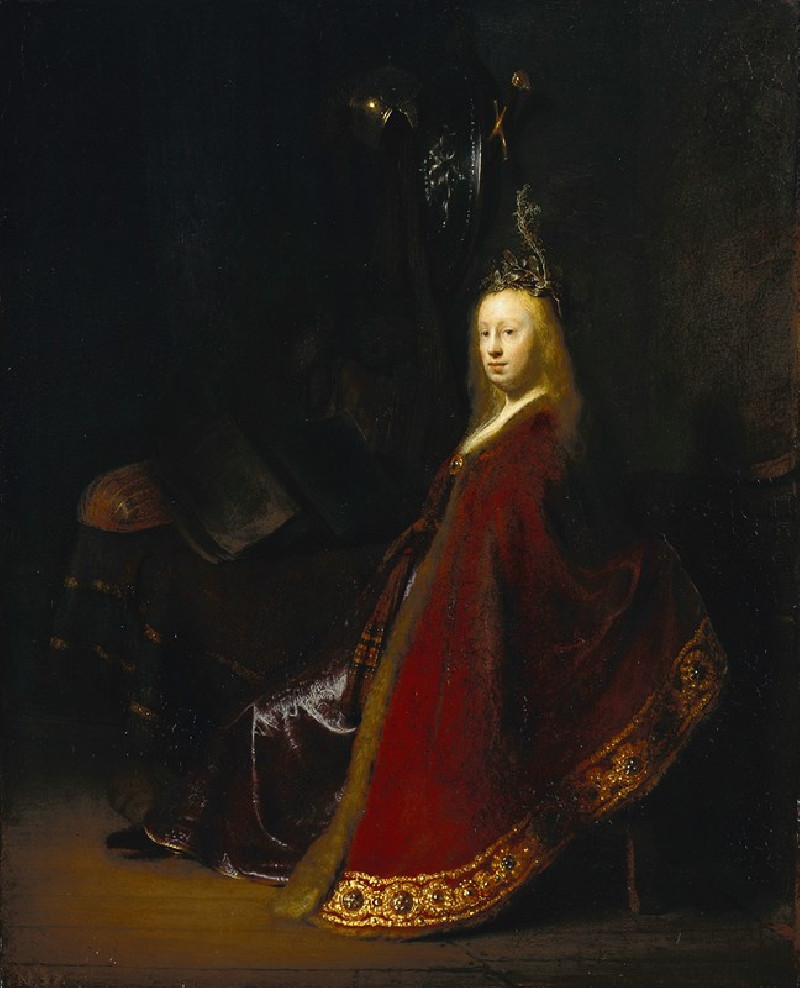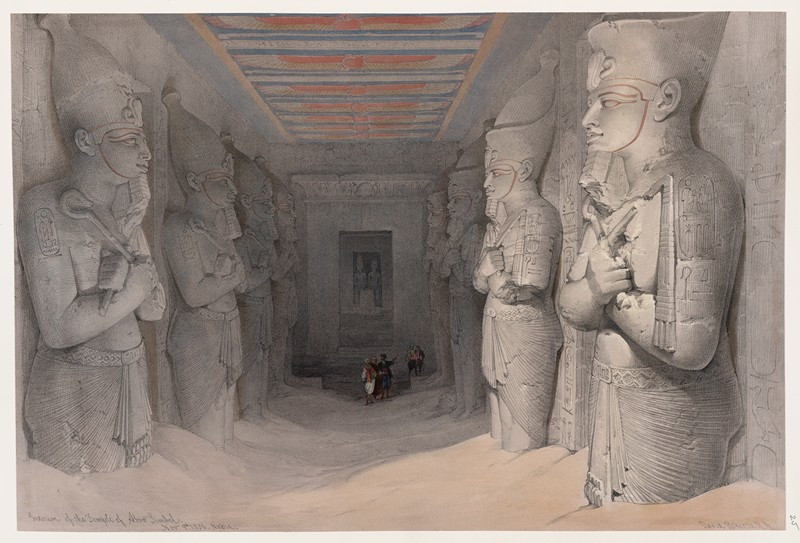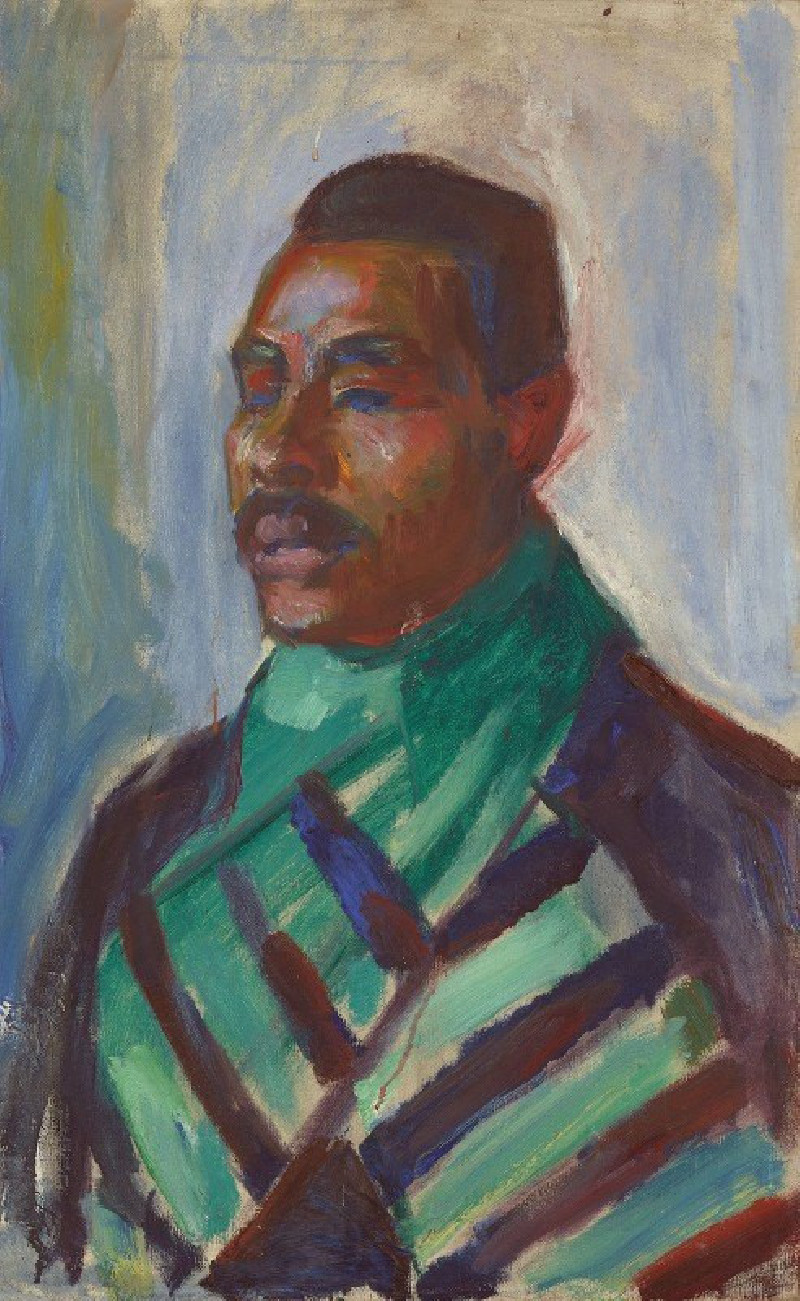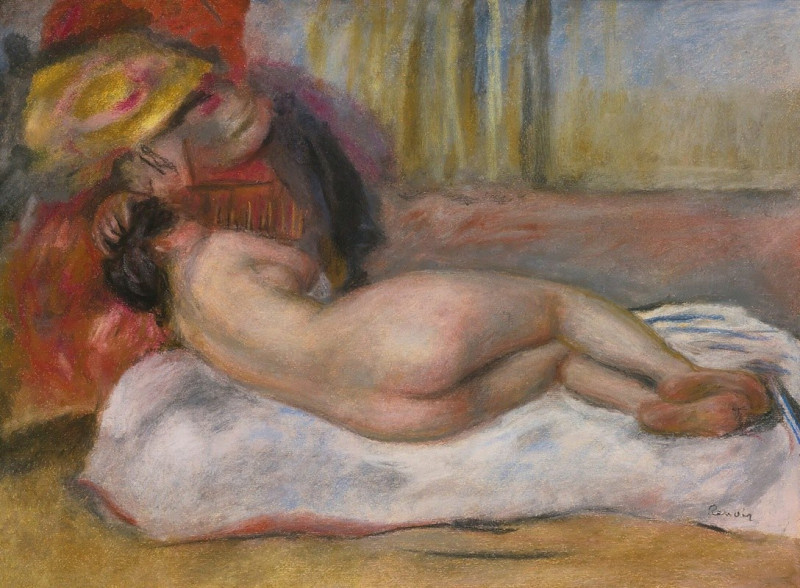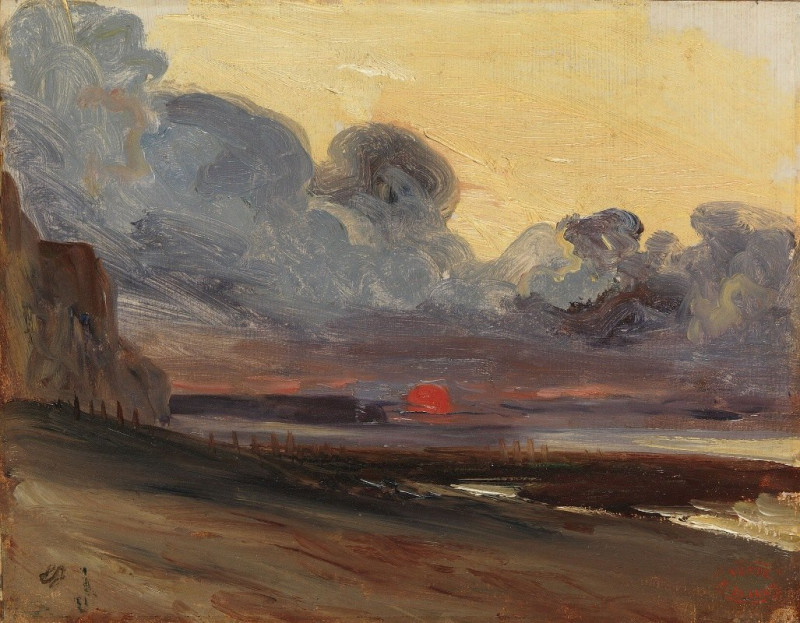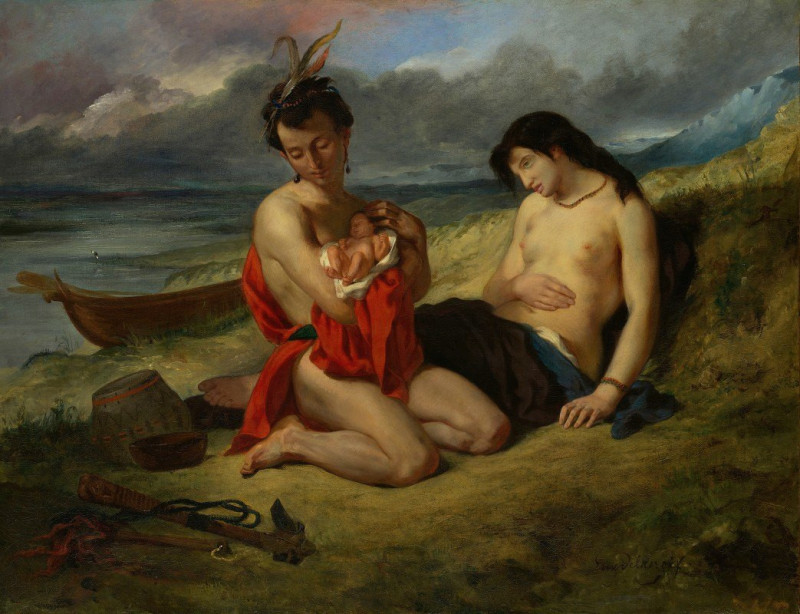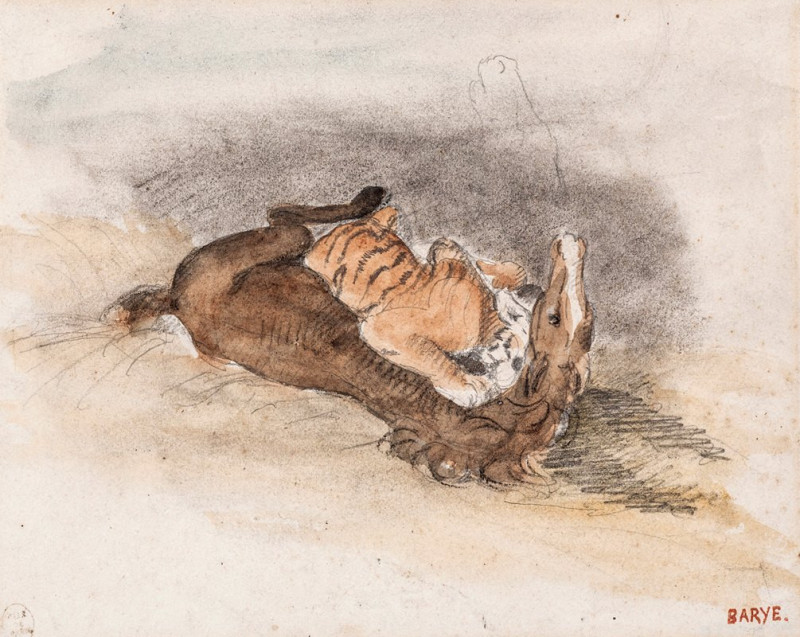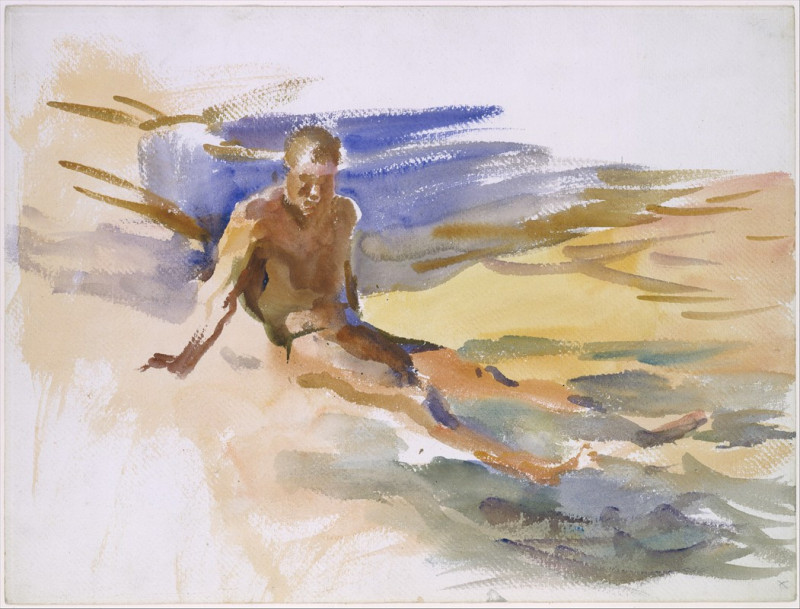The Melon (c. 1880)
Technique: Giclée quality print
Recommended by our customers
More about this artwork
1880) by Edouard ManetEdouard Manet, a pivotal figure in the transition from Realism to Impressionism, showcases his remarkable ability to breathe life into simple subjects with "The Melon." Painted circa 1880, this exquisite still life captures the subtle interplay of light and texture, emphasizing the beauty found in everyday objects.At the center of the composition sits a large, ripe melon, its rough, mottled skin painted with vigorous, tactile brushstrokes that highlight its organic texture. The melon, with its pale, creamy hue tinged with yellow and green, emanates a soft luminescence against the dark, undefined background. This contrast not only brings the melon into stark relief but also emphasizes its voluminous shape and the delicate nuances of its surface.Manet's mastery is evident in the way he handles the thick paint, applying it in layers to create an almost sculptural quality on the canvas. The shine on the melon suggests the freshness and succulence beneath its rind, inviting the viewer to appreciate the simple yet profound beauty of the fruit.Resting on a wooden table, partially visible at the bottom, the melon is positioned against a cool, bluish-gray shadow that casts across the wooden surface, adding depth and a hint of the ambient environment outside the frame. The signature in the lower right corner, "Manet," done in a casual script, adds a personal touch, reminding the viewer of the artist's presence and his contemplative interaction with his subject.
Delivery
Returns
Édouard Manet (1832–1883) was a French modernist painter and one of the first 19th century artists to paint modern life. His impressionist style is characterized by relatively small and thin brushstrokes that create emphasis on light depiction. Manet was one of the key artists in the transition from realism to impressionism, along with Claude Monet, Edgar Degas, and Pierre-Auguste Renoir. However, he resisted involvement in any one specific style of painting, and only presented his work to the Salon of Paris instead of impressionist exhibitions. His early masterworks, The Luncheon on the Grass and Olympia, created great controversy and served as a rallying point for other young painters.































